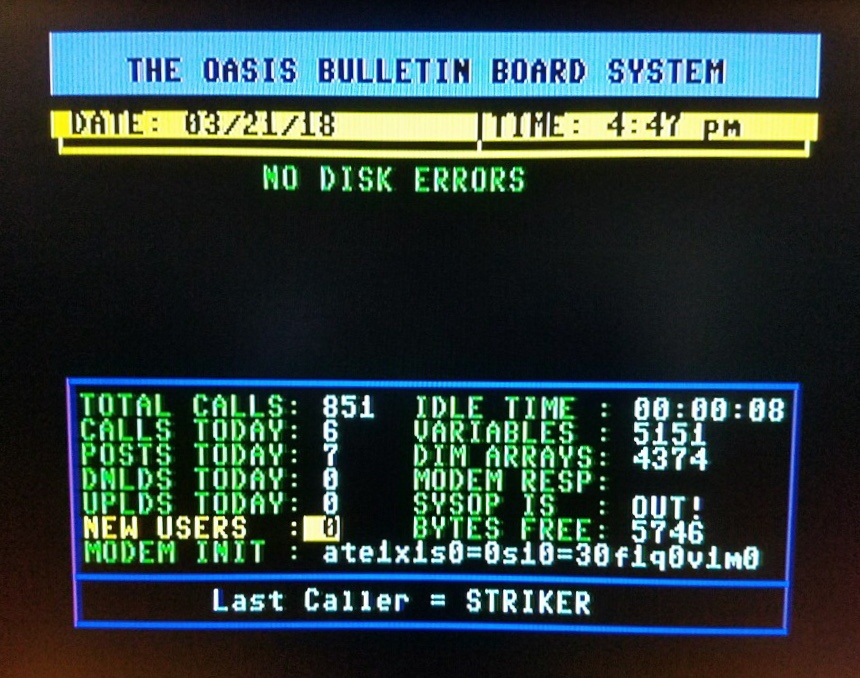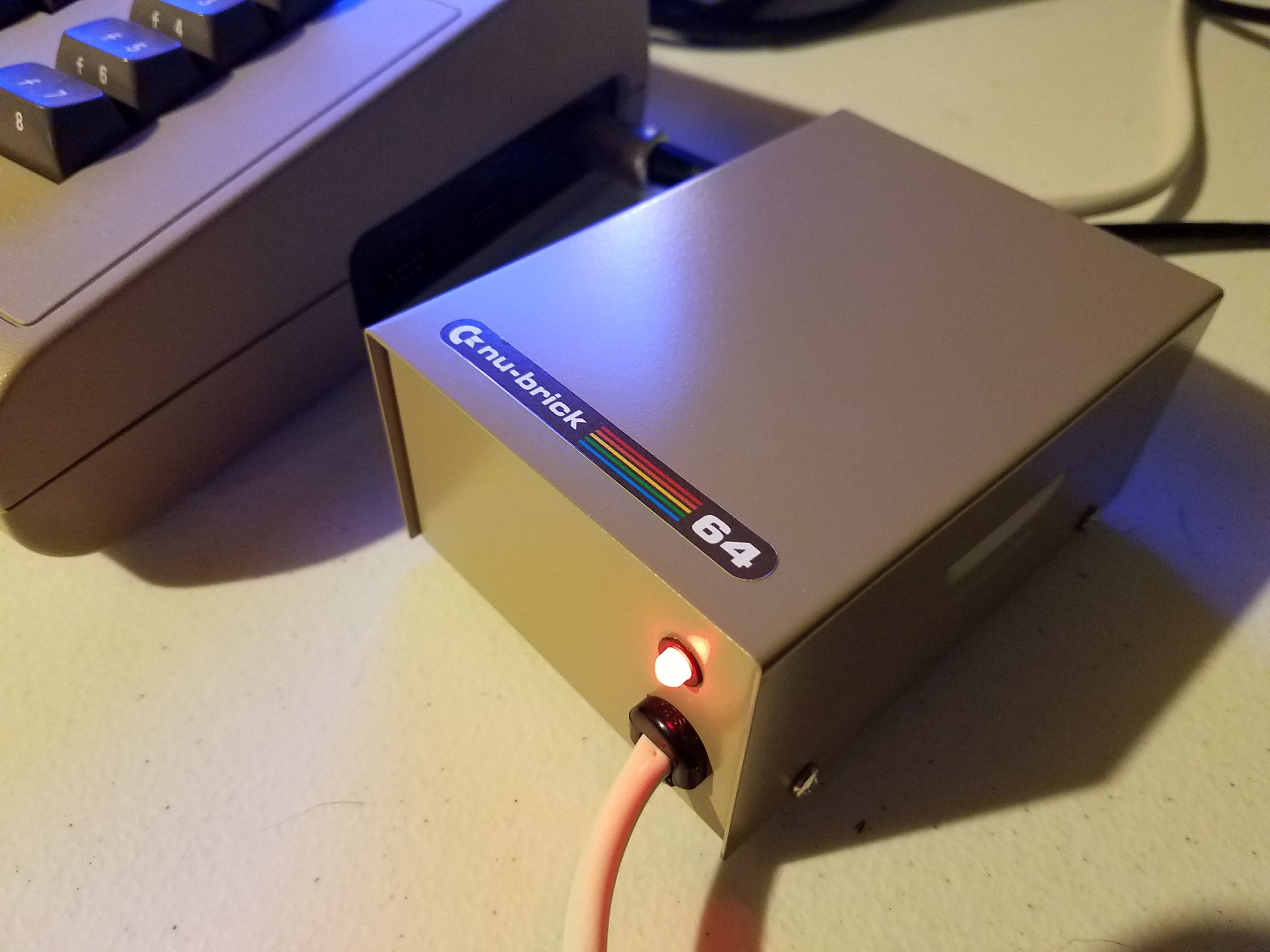Clark Hale’s latest video takes on a bit of Amiga archaeology with a practical mystery: why doesn’t one of his Commodore A1010 external floppy drives pass power through to the next drive in the daisy chain?
He begins with a quick introduction to the three main external drives that Commodore released for the Amiga. First is the A1010, which was designed to match the Amiga 1000’s styling. Then there’s the A1011, more in line with the Amiga 500, and lastly the A1020—a 5.25-inch unit primarily meant to help Amiga users exchange data with IBM PCs. Each has its quirks, but the focus here is on the A1010—specifically, why one passes power through its external port while the other doesn’t.
Clark hooks up two A1010 drives to his Amiga 2000. With both connected, only one appears to function properly. When he swaps their order or tests them individually, behavior changes, pointing to a problem with power delivery through the daisy chain.
Digging in, he opens both units. The working A1010 (revision A) has clear PCB traces that route 5V and 12V power from the internal floppy power connector to the pass-through port. But the non-working one (revision B) is missing these traces entirely. No burned traces, no signs of damage—they were never there. Clark confirms this with a multimeter and some improvised paperclip probes: power isn’t getting through.
The fix is straightforward. A pair of bodge wires bridges the missing connections from the power input to the pass-through port. Once installed, the modified drive behaves exactly as expected, properly powering the next device in the chain.
He notes that the revision B board seems to have been a deliberate design change—possibly to prevent users from overloading the more limited power supply in the Amiga 500. Unlike the beefier Amiga 1000, the 500 wasn’t really up to the task of driving multiple external floppies, and Commodore may have silently modified newer drives to avoid user error. This theory also aligns with the A1011, which lacks a pass-through port entirely.
Clark wraps things up by reassembling the modified drive—carefully cleaning, rewiring, and making sure everything fits back together snugly. After a successful test, with both external drives now formatting disks simultaneously, he closes with a smile and a sense of closure.







